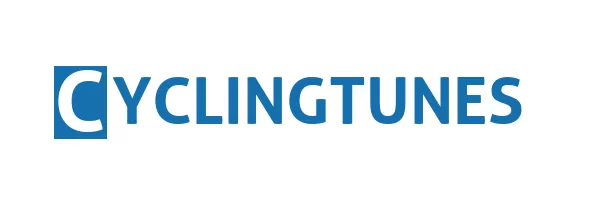Primer paint plays a crucial role in the painting process, significantly impacting the quality and longevity of the final paint job. While its primary function is to provide a solid base for the paint to adhere to, its benefits extend far beyond that.
Enhanced Adhesion and Durability:
Primer paint creates a strong bond between the paint and the surface. This improved adhesion prevents peeling, cracking, and flaking over time. By providing a smooth and even surface, primer also reduces the risk of paint drips and runs.
Stain Coverage:
One of the most significant advantages of primer is its ability to conceal surface stains and imperfections. From water damage to smoke and graffiti, primer effectively covers these blemishes, ensuring that the final paint job is clean and uniform.
Color Consistency:
Primer paints create a consistent base for the final coat of paint. This consistency helps to achieve even color coverage and eliminates the risk of visible patches or inconsistencies. The paint will look professionally applied and aesthetically pleasing.
Improved Paint Coverage:
Primer paint absorbs into the surface, creating a rougher texture that allows the paint to adhere more effectively. This improved paint coverage leads to less paint waste and more efficient use of paint resources.
Time and Cost Savings:
By applying primer before painting, you can save time and money in the long run. A well-primed surface requires less paint to achieve the desired coverage, resulting in significant cost savings. Additionally, the enhanced adhesion and durability of the paint will reduce the need for repainting in the future.
Conclusion:
Primer paint is an essential step in the painting process, offering numerous benefits that enhance the quality and longevity of the final paint job. By providing a solid base, covering stains, improving adhesion, and saving time and money, primer paint is an investment that pays off in the end.
 Buy From: Primal Wear Paint Splash Women’s Full Zip Evo 2.0 Race Fit Cycling Jersey Primal Cycling Kit
Buy From: Primal Wear Paint Splash Women’s Full Zip Evo 2.0 Race Fit Cycling Jersey Primal Cycling Kit
